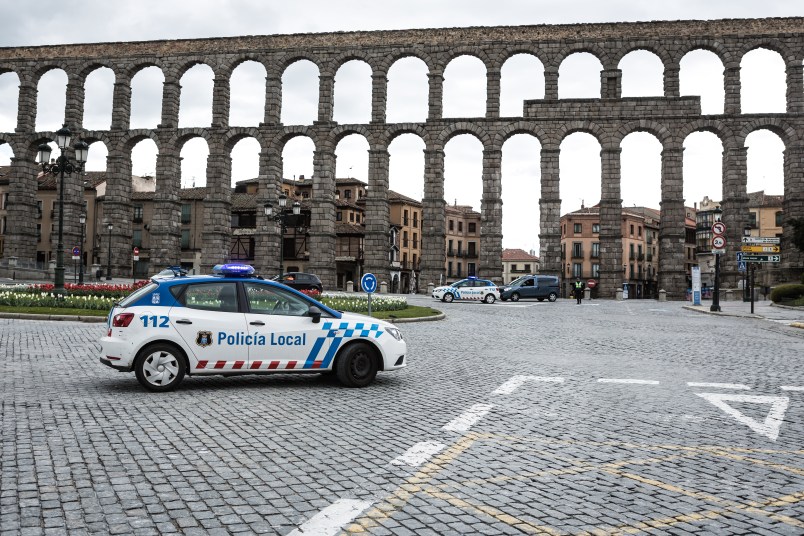I’ve been working on collecting different bits of information pointing to dramatically higher COVID-19 mortality than is showing up in official statistics. (Josh Kovensky is beginning to report the story in the US.) We discussed the evidence out of Italy suggesting official COVID fatality numbers were only capturing a fraction of the “excess mortality” showing up in particular towns. (This involves comparing the average number of deaths from all causes in a specific town or region during a particular date range to the number of deaths in the same date range during the COVID pandemic.)
Now TPM Reader ND passed along to me this article from the Spanish daily El Pais, which reports a similar study in Spain. The numbers show a discrepancy very similar to those from northern Italy.
As in Italy, the study suggests that official COVID fatalities in particular regions account for only a fraction of the excess mortality compared to earlier years. The unexplained excess mortality numbers run to two or three times the number of deaths captured in the COVID tallies.
For instance, in the autonomous community of Castile and Leon historical averages would predict 500 deaths between March 17th and March 24th. But there were 385 more deaths than would be expected. Official COVID fatalities, however, were only 112. So the number of unexplained anomalous deaths, which are presumably tied to the COVID pandemic, are more than twice the number of those showing up on the official COVID tallies. The authors note that some of these deaths are listed with more generic causes like pneumonia. Others were cases where doctors suspected COVID-19 but there was no test confirming the diagnosis.
These historical baselines are of course averages. We can’t say that precisely 385 deaths were attributable either directly to COVID-19 or the broader crisis. Subsequent studies will provide a fuller picture. But as with the Italian studies these differentials are far too great to be statistical anomalies. They point to a death toll dramatically higher than what we are seeing in the grim daily tallies.






